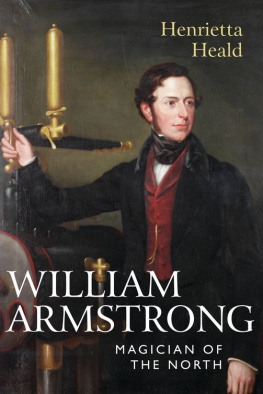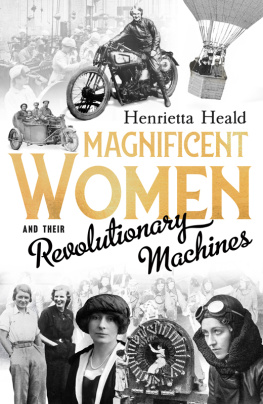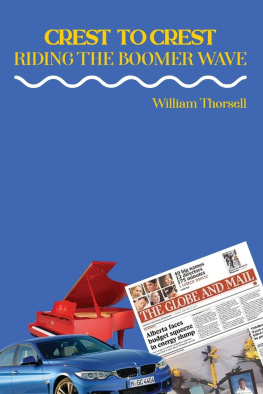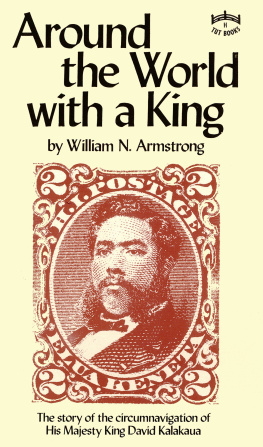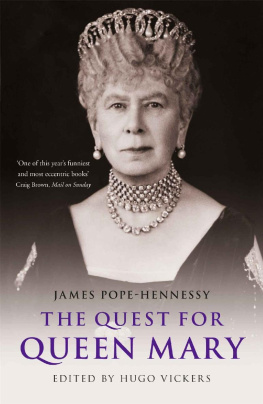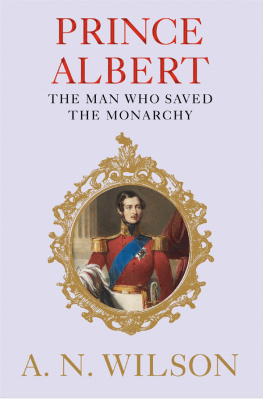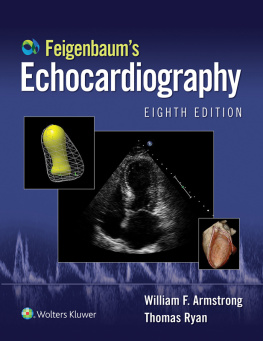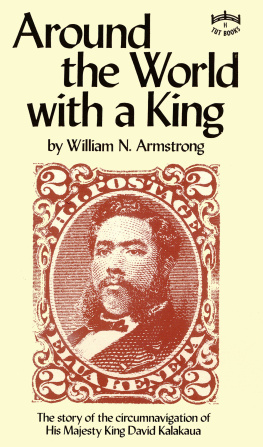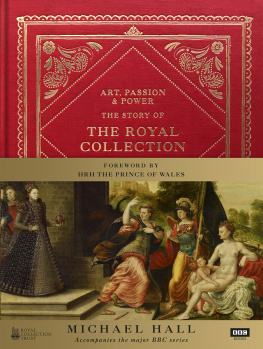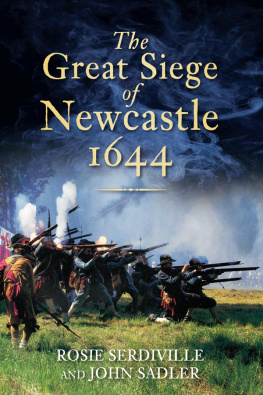Illustrations are reproduced by permission of named organisations and individuals.
(Laing Art Gallery)
(Illustrated London News)
(Illustrated London News)
(Newcastle Libraries)
The Japanese ships (both Newcastle Libraries)
(both Newcastle Libraries)
(both National Trust Cragside)
Plate section
(both Newcastle Libraries)
(both Vickers Archive)
(both Newcastle Libraries)
(both David Ash)
(Newcastle Libraries)
(Newcastle Libraries)
(Newcastle Literary and Philosophical Society)
(Shutterstock.com)
(Venice in Peril)
I discovered William Armstrong in Jesmond Dene. I had visited Cragside a couple of times and, like millions before me (Cragside welcomed its four millionth visitor in the summer of 2009), had marvelled at Armstrongs amazing inventions, his taming of the landscape, and the quirky originality of the house he had built amid the bleak Northumberland moors. Later I learnt that he had made his money from industry on the Tyne, from the manufacture of cranes, ships and sharp intake of breath guns. But it was not until I had taken several solitary walks at dawn and dusk across the soaring Armstrong Bridge, a romance in wrought-iron and sandstone, and wandered along the banks of the Ouseburn that I really began to get the measure of the man.
Jesmond Dene is a unique urban gem. Little more than a mile from the centre of Newcastle, the vibrant heart of north-east England, the dene is a deep cleft in the landscape whose steep and wooded banks frame an enchanting burn that is sometimes gentle, sometimes tempestuous as it rushes past rocks and flows over rapids. Running northsouth into the Tyne, the Ouseburn is the lure that induced Armstrong to make a home there in the 1830s with his new wife, Meggie Ramshaw.
As the years went by, the Armstrongs acquired, through purchase and inheritance, more and more land along the dene. Not content with the natural beauty of the place, they set out to improve what they found there, landscaping both the river and its banks, adding waterfalls, stepping stones, paths and bridges, and cultivating many exotic as well as native trees and plants. The aim achieved more obviously and dramatically at Cragside was to recreate the experience of being in the mountains, and to do it as unobtrusively as possible. I am a greater lover of nature than most people give me credit for, wrote William Armstrong in 1855, and I like her best when untouched by the hand of man.
The shaping of Jesmond Dene was much more than an act of self-indulgence, however. Like many of Armstrongs achievements, it had far-reaching significance. When he handed over almost 100 acres of his land in the dene to the city of Newcastle as a public park, he made it clear that his main motivation was to improve other peoples quality of life. He had earlier built a banqueting hall in the dene intended not for sumptuous feasting but as a place where he could hold tea parties for his employees at Elswick Works. The mighty industrialist, whose workforce would at times number more than 25,000, understood the importance to working people of leisure, reward and open-air recreation, and it was in this spirit that he made a gift of the dene to his fellow citizens.
By mid-2005 I was scouring shops and libraries for books about this enigmatic figure, but found nothing that could genuinely satisfy my hunger. At the same time, the more I talked to people, the more I realised that the name Armstrong had tremendous resonance in Newcastle. There was the Armstrong Building, the bedrock of Newcastle University, for example, and the elegant low Swing Bridge across the Tyne, which would swing open (as it still does after 140 years) to allow ships to pass either side of its central axis. Those in the know pointed out that the hydraulic mechanisms Armstrong had pioneered in the construction of the Swing Bridge were later adapted to open and close the giant bascules of Londons Tower Bridge. There was even a statue of the great man and his dog outside the Hancock Museum, one of Newcastles favourite institutions, now reincarnated as the Great North Museum. He had contributed 100,000 to the Royal Victoria Infirmary, opened in 1906. And didnt he have something to do with the Lit & Phil that venerable institution near Central Station, founded at the time of the French Revolution, which played a leading role in Newcastles intellectual flowering in the mid-19th century, and survives to this day?
Those with more recent memories mentioned Vickers-Armstrongs, the mighty defence contractor that continued as a major employer on Tyneside until well into the 1980s. Before that it had been Armstrong Whitworth with its formidable Walker Naval Yard and, even further back, Armstrong Mitchell, producer of gunboats and fast cruisers for all the worlds leading navies. And how did the popular car-maker Armstrong Siddeley and the aviation firm Hawker Siddeley fit into the picture? Much later, I learnt that Bamburgh Castle on the Northumberland coast had been bought and restored by Lord Armstrong (as he was by then) in the last few years of his life and that the castle was still owned and tended by members of the Armstrong family.
By the time I realised that 2010 was the bicentenary of William Armstrongs birth he was born the year after Charles Darwin I knew that I should be writing his biography. His 3,000-word obituary in The Times made it clear that he had been a national hero who was seen by many as Britains saviour at a time of grave threat from hostile forces, and his fame stretched around the globe, from Chile to Italy to Japan. How could it happen that this remarkable figure had been almost forgotten in his native land especially when dwindling energy supplies, industrial decline, and the threat of global warming meant that we were more than ever in need of his scientific genius, to say nothing of his inspirational business skills?
By reviving Armstrongs thoughts and ideas as expressed in his own writings, Magician of the North attempts to reach a deeper understanding of his achievements, and to penetrate the desires and motivations that spurred one great Englishman to pursue single-mindedly the path to true knowledge.
Henrietta Heald
Ken Wilson, a National Trust volunteer at Cragside for almost two decades, has an interest in William Armstrong that dates from the Second World War, when, as a young boy, he was evacuated from Tynemouth to Rothbury. Ken has amassed an extensive archive of written material, images, film clips, and sound recordings relating to Armstrong, Cragside, and the Armstrong family, to which he has allowed the author unlimited access. Without Kens diligence and generosity this book could not have been written. Zena Chevassut, a friend and colleague of Ken, carried out useful research into Armstrongs fathers family and uncovered some intriguing documents, including the younger Anne Armstrongs lakeland diary.
One of Ken Wilsons most important discoveries was an unpublished history of the Elswick Works, written in the late 1940s to mark the centenary of the founding of the works. A. R. Fairbairn, the author of this fascinating and detailed document, has been described as works architect at Elswick, but he died before the book could be published, and in the event a much shorter version of the firms history was published by what was then Vickers-Armstrongs. Little more is known about Fairbairn except that he was an enthusiast for Esperanto. An anonymous preface to the Fairbairn typescript, a copy of which was deposited in the Vickers archives at Cambridge University Library, describes his work as most accurate and mentions that his research was used extensively by J. D. Scott, the author of

